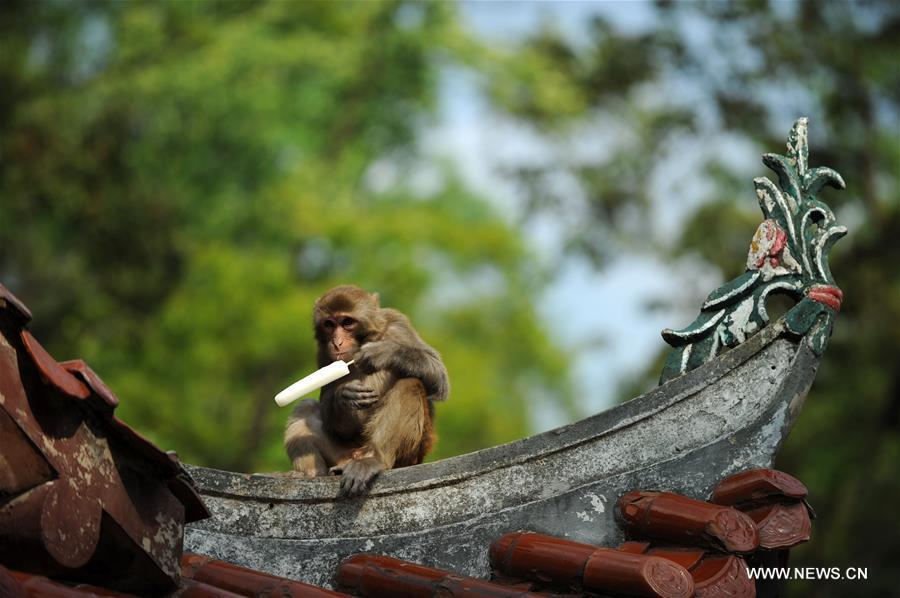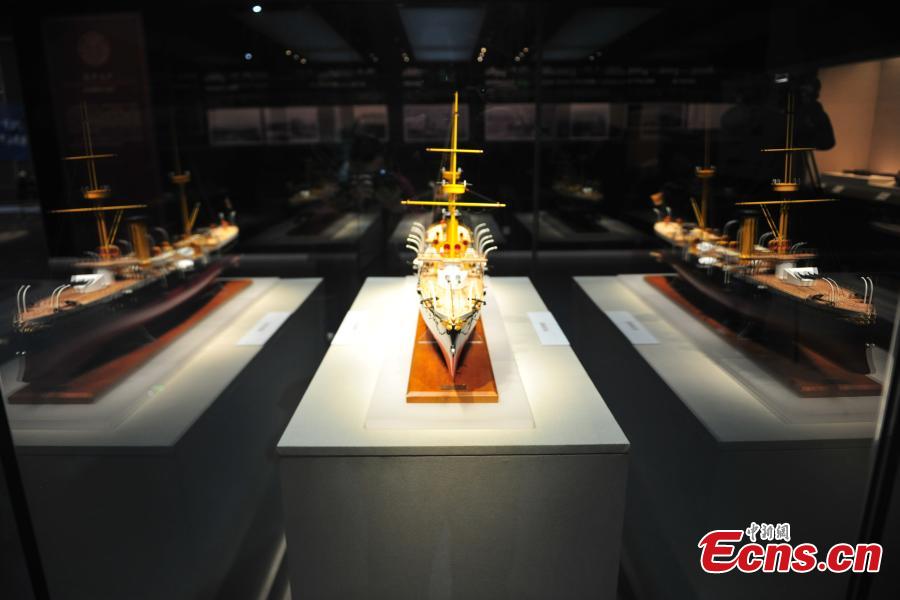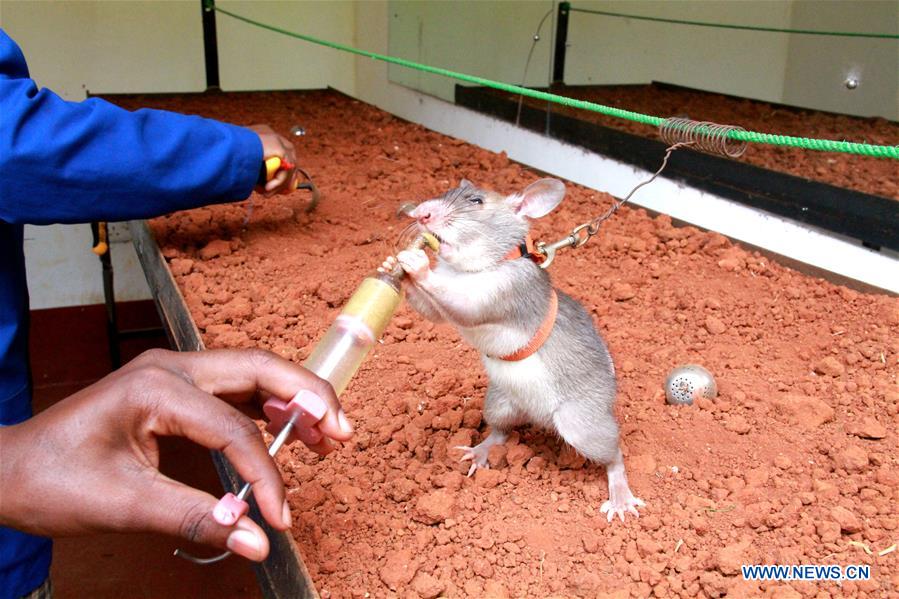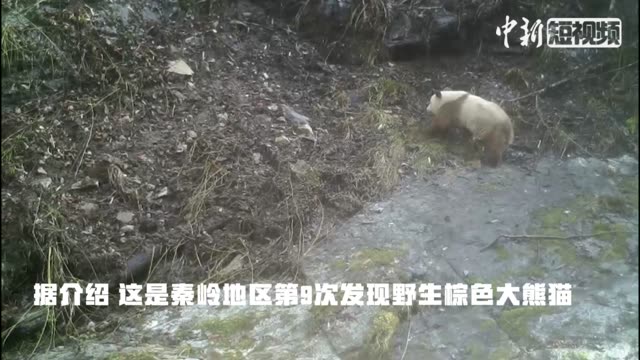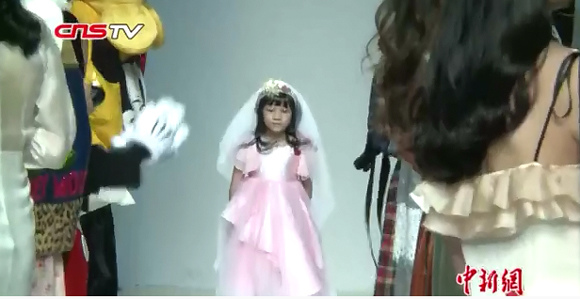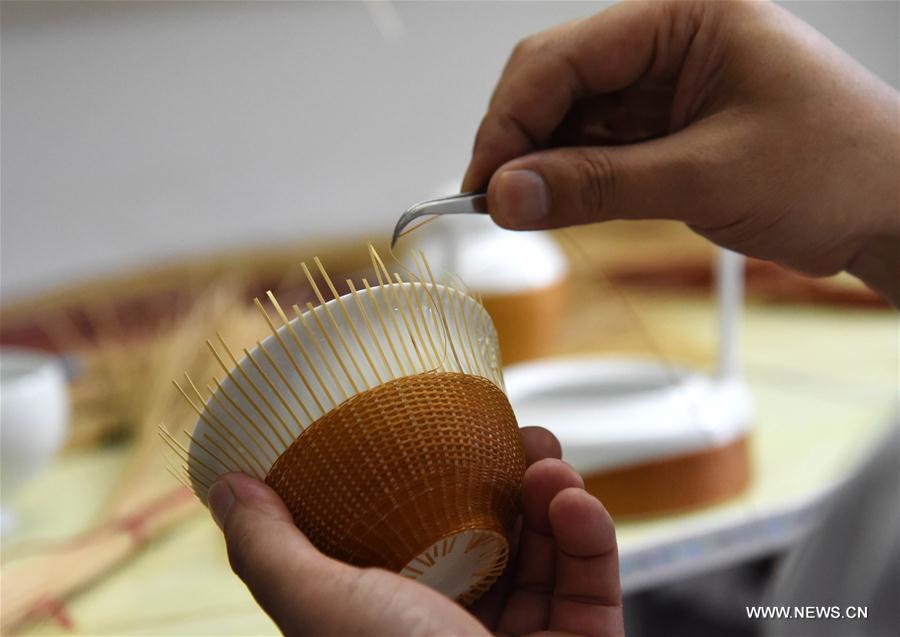
Craftsman Zhang Sanshi makes a porcelain body at a workshop at Jingdezhen, east China's Jiangxi Province, June 26, 2017. Jingdezhen has a history of porcelain-making that dates back more than 1,000 years. In the late Ming Dynasty (1368-1644), it was not only the home of imperial kilns, but also a center for porcelain exports. (Xinhua/Zhang Ruiqi)
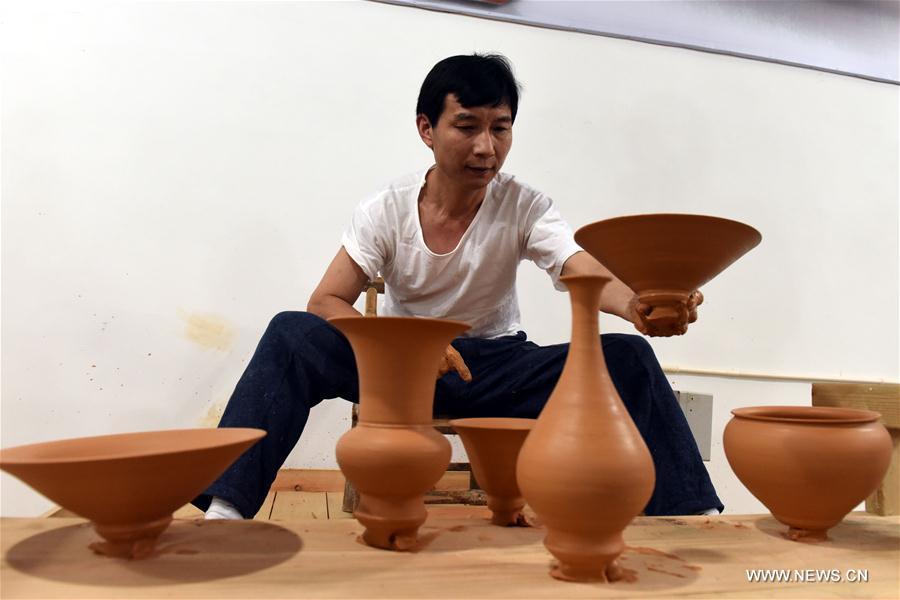
Intangible cultural heritage inheritor Feng Shaoxing makes an unburned earthenware at a workshop at Jingdezhen, east China's Jiangxi Province, June 26, 2017. Jingdezhen has a history of porcelain-making that dates back more than 1,000 years. In the late Ming Dynasty (1368-1644), it was not only the home of imperial kilns, but also a center for porcelain exports. (Xinhua/Zhang Ruiqi)

Intangible cultural heritage inheritor Feng Shaoxing makes an unburned earthenware at a workshop at Jingdezhen, east China's Jiangxi Province, June 26, 2017. Jingdezhen has a history of porcelain-making that dates back more than 1,000 years. In the late Ming Dynasty (1368-1644), it was not only the home of imperial kilns, but also a center for porcelain exports. (Xinhua/Song Zhenping)
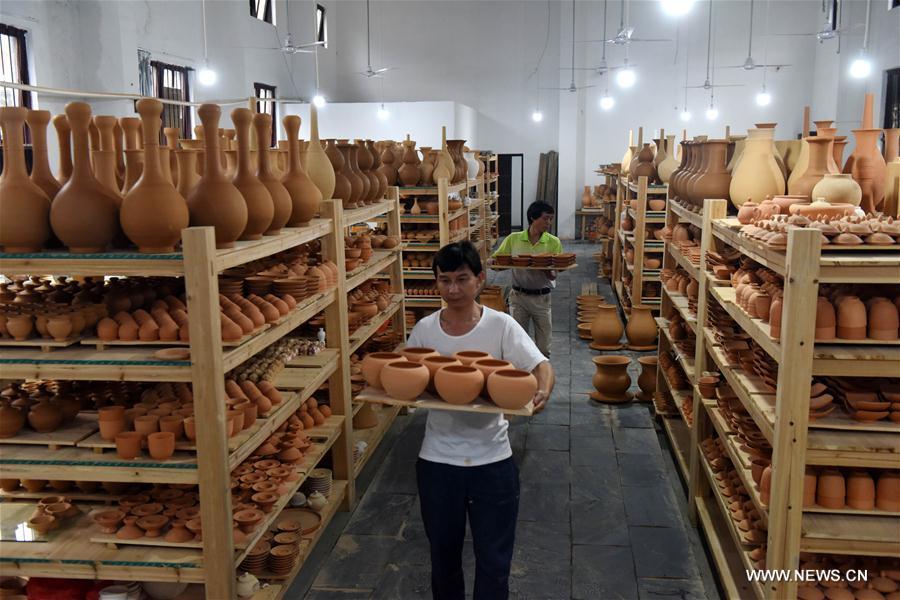
Intangible cultural heritage inheritor Feng Shaoxing carries unburned earthenwares at a workshop at Jingdezhen, east China's Jiangxi Province, June 26, 2017. Jingdezhen has a history of porcelain-making that dates back more than 1,000 years. In the late Ming Dynasty (1368-1644), it was not only the home of imperial kilns, but also a center for porcelain exports. (Xinhua/Zhang Ruiqi)
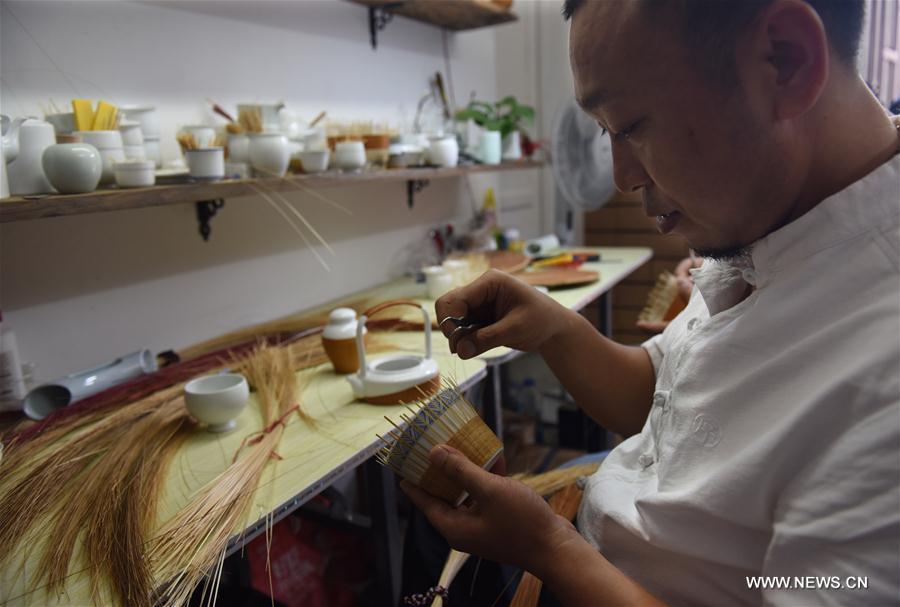
Craftsman Zhang Sanshi makes a porcelain body at a workshop at Jingdezhen, east China's Jiangxi Province, June 26, 2017. Jingdezhen has a history of porcelain-making that dates back more than 1,000 years. In the late Ming Dynasty (1368-1644), it was not only the home of imperial kilns, but also a center for porcelain exports. (Xinhua/Song Zhenping)
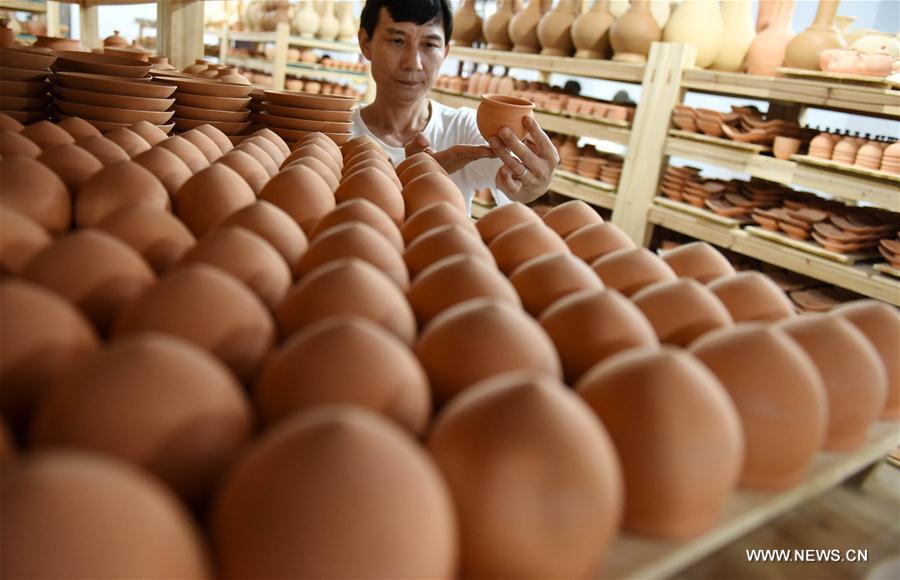
Intangible cultural heritage inheritor Feng Shaoxing checks an unburned earthenware at a workshop at Jingdezhen, east China's Jiangxi Province, June 26, 2017. Jingdezhen has a history of porcelain-making that dates back more than 1,000 years. In the late Ming Dynasty (1368-1644), it was not only the home of imperial kilns, but also a center for porcelain exports. (Xinhua/Song Zhenping)
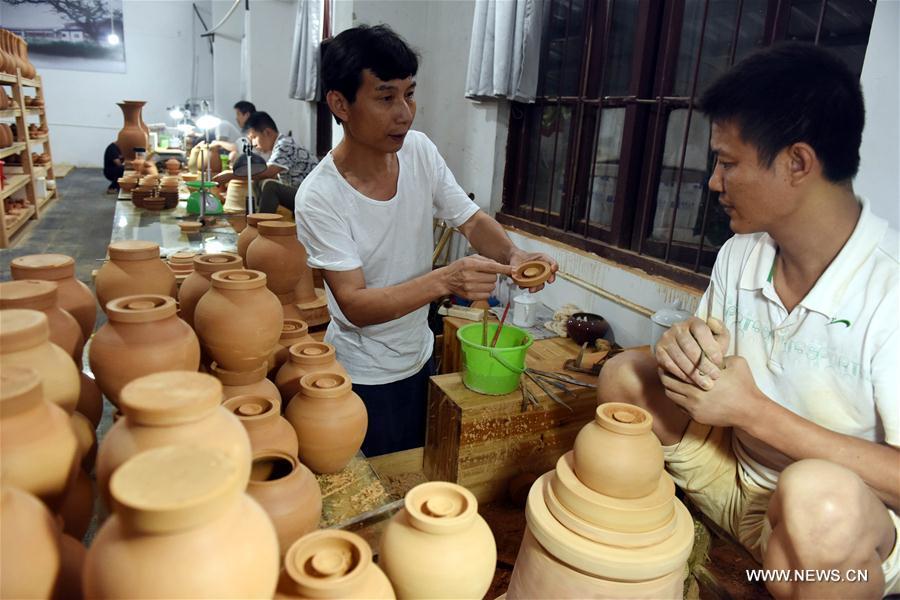
Intangible cultural heritage inheritor Feng Shaoxing instructs to make an unburned earthenware at a workshop at Jingdezhen, east China's Jiangxi Province, June 26, 2017. Jingdezhen has a history of porcelain-making that dates back more than 1,000 years. In the late Ming Dynasty (1368-1644), it was not only the home of imperial kilns, but also a center for porcelain exports. (Xinhua/Zhang Ruiqi)








